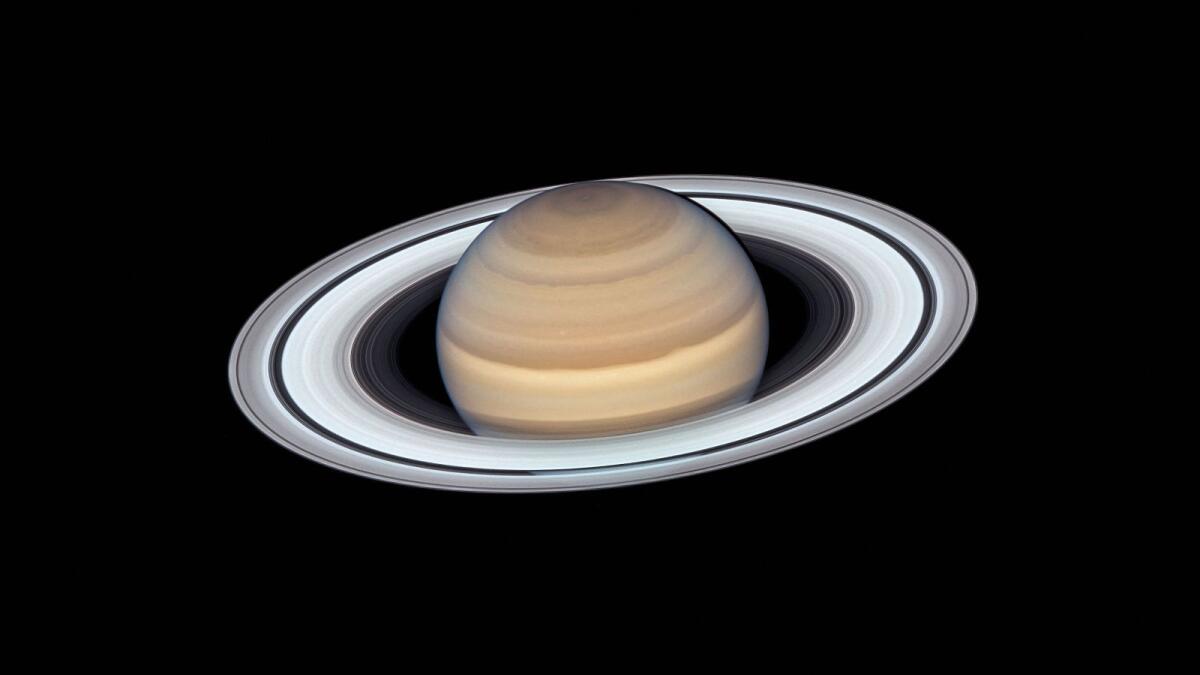Saturn will be at its closest point to Earth this year on September 8, providing a breathtaking view of its rings and moons. During this event known as ‘opposition’, the sunlight shining on Saturn is reflected back to Earth, making the entire disk visible and appearing brighter in the sky. Khadijah Ahmad from the Dubai Astronomy Group (DAG) mentioned that Saturn’s rings and some of its brighter moons will be clearly visible, including Titan, Rhea, Dione, and Enceladus, among others.
The opposition of Saturn occurs when the planet is perfectly aligned with the Sun and Earth, on the opposite side of the Sun. This alignment not only makes Saturn appear larger and more luminous in the night sky but also offers a great opportunity to observe its rings and moons with greater clarity. This event will see Saturn reach its closest point to Earth, approximately 1.2 billion kilometers away, which occurs about once every 378 days, making it significant for astronomers and the general public.
To witness this celestial spectacle, observers can use a telescope to see the rings and moons of Saturn. The planet will rise at sunset, with the best viewing time around midnight when it is most prominent in the night sky. Saturn will remain visible throughout the night until sunrise, with September 8 being the optimal time to observe it. The Dubai Astronomy Group is hosting a paid event in the Al Lisaili Desert where attendees can view Saturn through telescopes.
In addition to the upcoming opposition of Saturn, several celestial events have recently graced the night sky. These include a ‘blue’ supermoon on August 19, a close pair-up of Mars and Jupiter on August 15, and the peak of the Perseids meteor shower on August 12. Looking ahead, supermoons are set to rise on September 18, October 17, and November 15. A supermoon occurs when a full Moon coincides with its closest approach to Earth in its elliptical orbit.
In conclusion, the upcoming opposition of Saturn on September 8 presents a unique opportunity to observe the planet’s rings and moons in greater detail. Astronomers and the general public alike can witness this event with the naked eye, but a telescope will provide a clearer view. The Dubai Astronomy Group is hosting a viewing event for those interested in observing Saturn up close. Additionally, other celestial events such as supermoons are set to occur in the coming months, offering more opportunities for stargazers to enjoy the wonders of the night sky.









